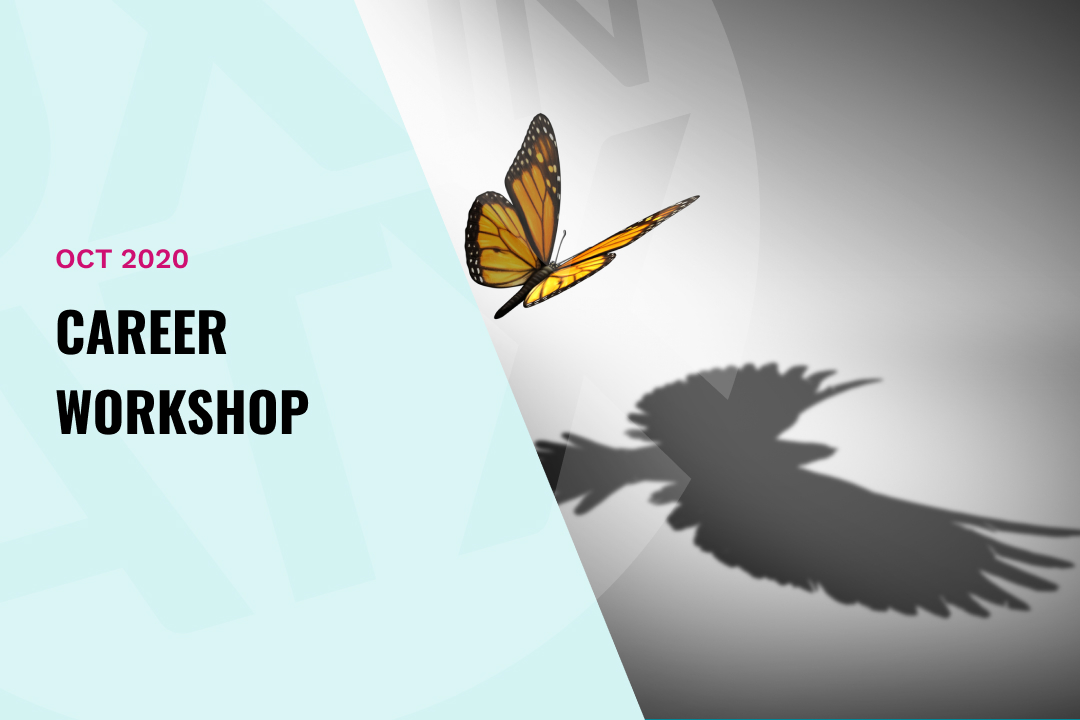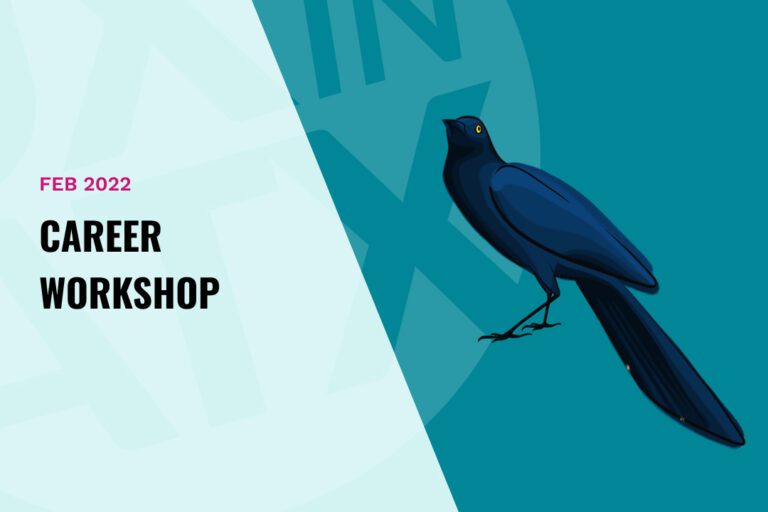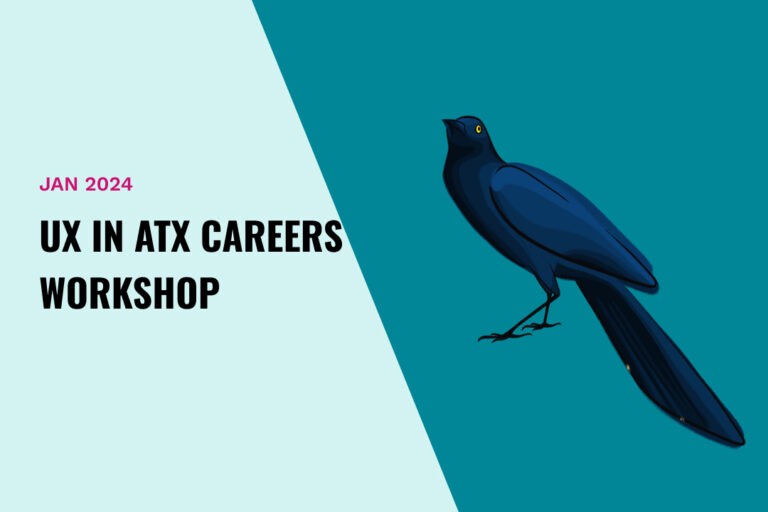Moving into UX — How to make your past skills relevant
If you’re transitioning into UX design, you’re not starting from scratch. Many people feel like they’re beginning a new career, but your past skills are highly relevant and can give you an edge.
At UX in ATX, we discussed how to make your skills work for you in a UX role. The topics included making past skills relevant, managing imposter syndrome, and maintaining a beginner’s mindset.
Embracing Diverse Backgrounds in UX
There’s no set path for becoming a UX designer, and people come to the field from all kinds of backgrounds. That diversity is one of UX’s strengths. Whether you have experience in customer service, psychology, journalism, development, or something else entirely, you bring valuable skills that can enrich your UX work.
Some common backgrounds of UX designers include:
- Customer service
- Graphic design
- Psychology
- Research
- Industrial design
- Teaching
- Journalism
Whatever your background, think about both your hard and soft skills and where they intersect with UX. Skills like empathy, critical thinking, and communication are core to UX, as are more technical abilities like visual design or project management.
Tip: Identify the strengths you’ve gained throughout your career and see where they fit within the UX process. That’s where your unique advantage lies.
Confronting Imposter Syndrome as You Transition
If you’re feeling out of place in the UX world, you’re not alone. Many designers experience imposter syndrome, especially when moving into a new field. Imposter syndrome might make you question your skills or even attribute your achievements to luck.
Common feelings of imposter syndrome include:
- Doubting your skills and accomplishments
- Feeling like a fraud
- Attributing success to chance
Imposter syndrome isn’t unique to UX, but it can feel amplified during a career transition. The important thing to remember is that it’s normal, and even experienced UX designers feel it at times. Overcoming imposter syndrome involves changing your self-talk and recognizing your value.
Try this: When doubt creeps in, remind yourself, “I have the skills to succeed, and I’m ready to learn.” For more tips, check out Harvard Business Review’s article on overcoming imposter syndrome.
Strengthening Your Skills to Build Confidence
As you dive into UX, you’ll likely find areas where you feel comfortable and others where you may feel challenged. If you’re coming from graphic design, visual design might feel natural, while research could seem more difficult. It’s common to feel like you’re “not good enough” in these areas, but this is where growth happens.
Focus on the areas that challenge you. If research feels tough, seek out projects where you can practice these skills. Over time, your efforts will help you grow in confidence and capability. Use moments of discomfort as motivation to strengthen your abilities.
Pro Tip: Turn discomfort into opportunity by dedicating time to the areas you find difficult. In UX, we’re all learning continuously, so it’s okay to feel like a beginner sometimes.
The Power of a Beginner’s Mindset
Throughout a career in UX, designers go through different phases of learning and growth. One of the most valuable skills at any level is the ability to maintain a beginner’s mindset—staying curious and open to new ideas.
The Junior Designer
In the early stages, junior designers tend to be curious and excited to learn. This is where the beginner’s mindset is most evident. There’s a willingness to experiment, take risks, and learn from failures—essential elements for career growth.
The Mid-Level Designer
For mid-level designers, this phase can be tricky. At this stage, it’s easy to feel like you “know enough” and lose some of that curiosity. This mindset can stall growth. A successful designer at this stage recognizes the value of keeping an open mind and looking for new learning opportunities.
The Senior Designer
Senior designers have accumulated experience and skills, but they know there’s always more to learn. Many return to a beginner’s mindset, embracing challenges, experimenting, and taking calculated risks. This openness to growth is crucial for advancing in UX.
Why the Beginner’s Mindset is Essential
Whether you’re just starting out or have years of experience, maintaining a beginner’s mindset can help you approach challenges with a fresh perspective. In UX, where technology and user needs constantly evolve, staying adaptable is one of the best ways to keep your skills relevant and continue learning.
Final Thought: Embracing your past skills and staying curious are both key to long-term growth in UX. By building on your unique strengths and continually seeking out new knowledge, you’ll find your place in the field and grow into a confident, adaptable UX designer.







